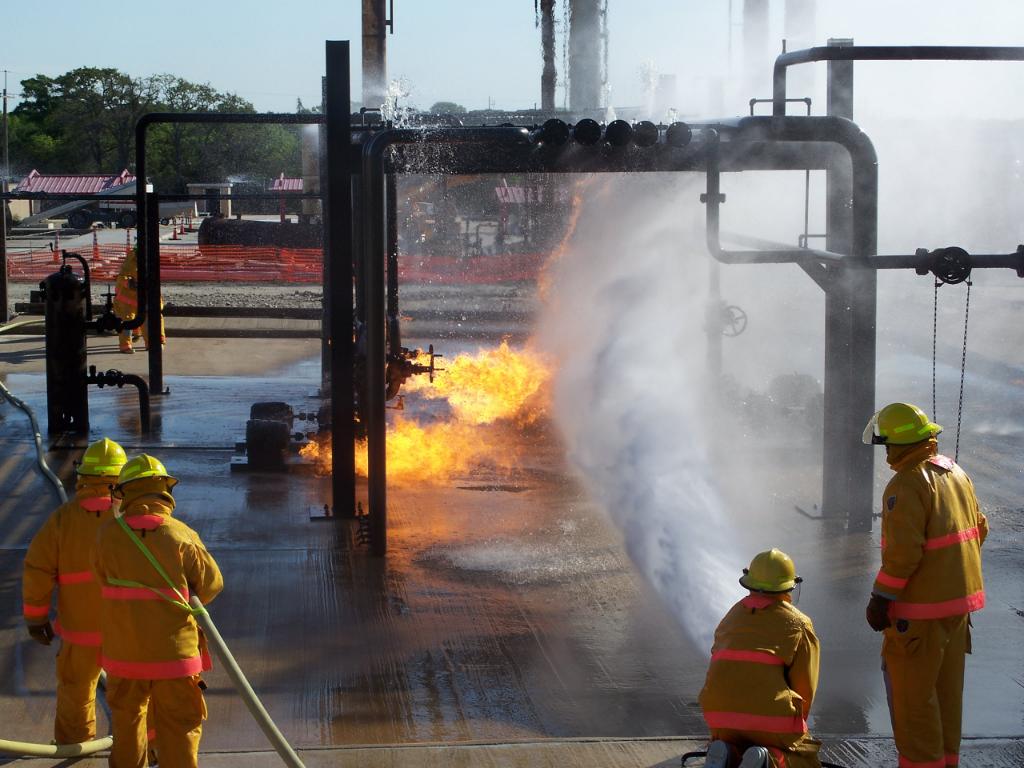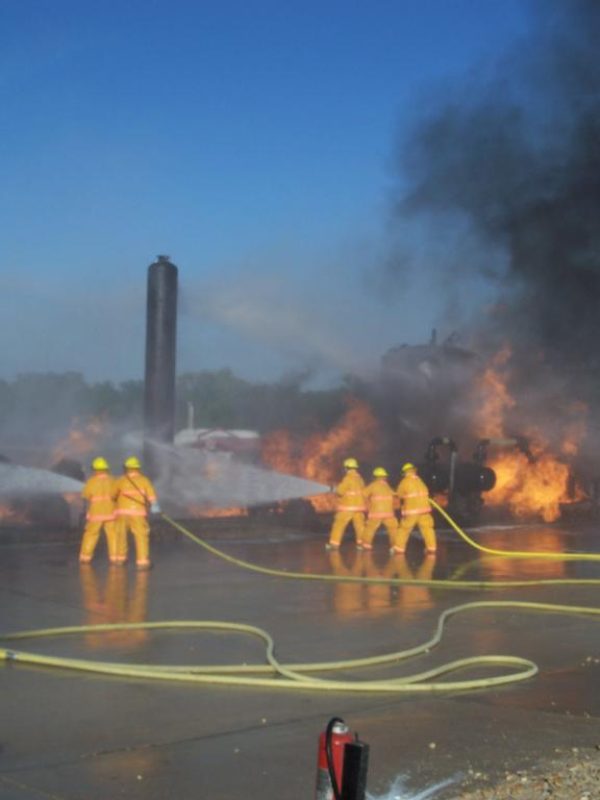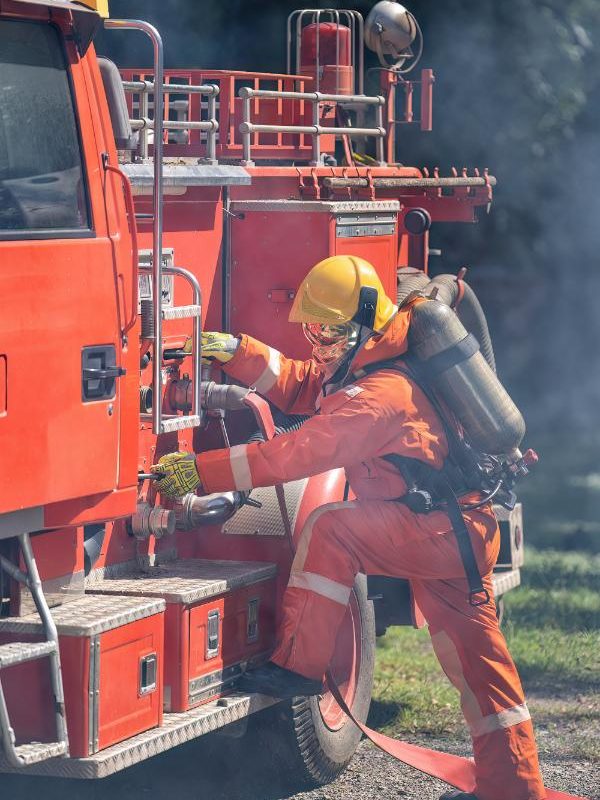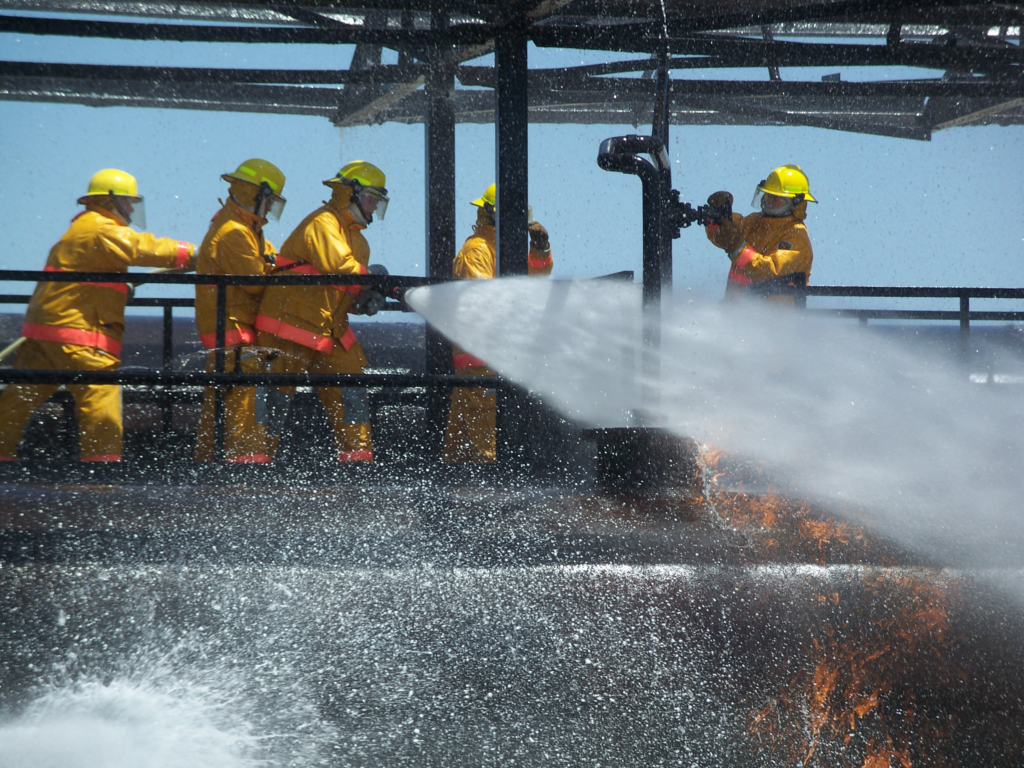Superior Industrial Fire Services, Inc.

Ensuring fire safety in an industrial setting is paramount to protecting employees, equipment, and facilities from the devastating effects of fires. Industrial environments, with their complex machinery, flammable materials, and high-risk processes, require stringent safety measures and best practices to prevent fire incidents. Here are some essential tips and best practices for maintaining fire safety in industrial settings.


By implementing these safety tips and best practices, industrial facilities can significantly reduce the risk of fire incidents and enhance their preparedness for emergencies. Prioritizing fire safety not only protects assets and ensures business continuity but, most importantly, safeguards the lives of employees and promotes a secure working environment.


